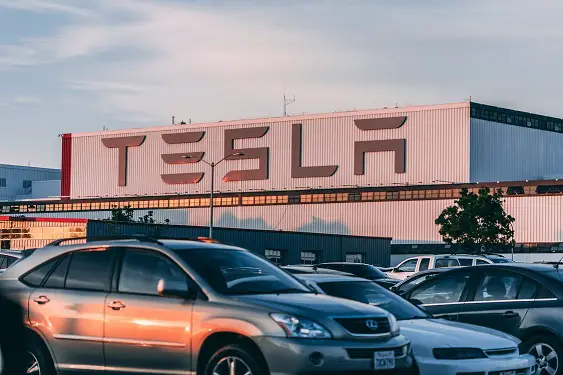Tesla vehicles have moved closer to a recall by the National Highway Traffic Safety Administration, after an investigation launched into Tesla vehicles which have crashed into parked emergency vehicles was upgraded into an engineering analysis.
It was another sign of increased scrutiny of the electric vehicle maker and the automated systems it uses to perform at least some driving tasks. An engineering analysis is the final phase of an investigation. In most cases a decision will follow within a year from the NHTSA on whether there should be a recall or the probe should be terminated.
Documents the NHTSA posted on Thursday indicate there are serious issues being examined with respect to Tesla’s autopilot system. There are indications it is being used under conditions where its capabilities are insufficient, and that warnings from the vehicles to take evasive actions to avoid crashes are being ignored by drivers.
The agency has accumulated 16 reports of Tesla vehicles crashing into emergency vehicles and trucks with warning signs, which have caused 15 injuries and one death.
The inquiry was begun in August of last year, following a series of crashes beginning in 2018. Drivers who were using the Autopilot system, or Traffic Aware Cruise Control systems, collided with vehicles at scenes which contained flashing lights, flares, an illuminated arrow board, or cones warning of hazards.
The probe expanded to 830,000 vehicles, which is almost every car the automaker has sold in the US since the beginning of the 2014 model year.
The agency said investigators will look at additional data, and “explore the degree to which Autopilot and associated Tesla systems may exacerbate human factors or behavioral safety risks undermining the effectiveness of the driver’s supervision.”
In the 16 crashes, a majority of times the Teslas issued forward collision alerts just prior to impact. In roughly half the cases automatic emergency braking activated to slow the cars prior to the crash. NHTSA documents noted that on average, Autopilot relinquished control of the Teslas less than a second prior to the crash.
The agency noted in documents about the engineering analysis, that it is examining other crashes which held similar patterns, but which did not involve emergency lights or trucks with warning signs.
The agency determined that in many cases, drivers failed to take actions to avoid the crash, despite having their hands on the steering wheels. The agency said, “This suggests that drivers may be compliant with the driver engagement strategy as designed.”
Investigators noted that driver misuse of a vehicle system, “or operation of a vehicle in an unintended manner does not necessarily preclude a system defect.”
The agency will first determine if there is a safety defect, before deciding if there will need to be a recall.
The agency has examined 191 crashes, but removed 85 of them from their examination because of the involvement of other drivers, or because there was not enough information to form clear conclusions. The main cause of crashes in the remaining 106 cases appeared to be running autopilot in areas where it had limitations, or under conditions which interfered with its designed operation.
The agency explained, “For example, operation on roadways other than limited access highways, or operation in low traction or visibility environments such as rain, snow or ice.”

